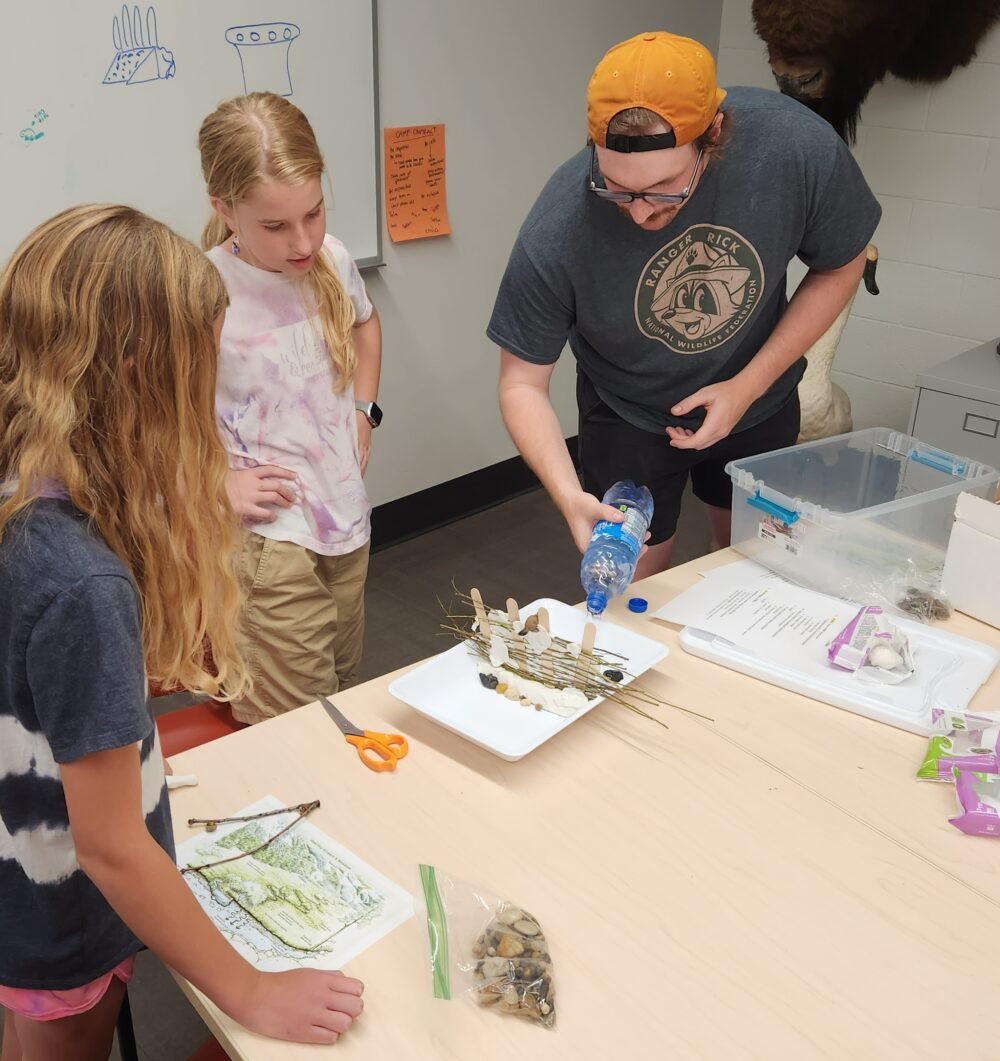We have much more to do and your continued support is needed now more than ever.
NYC Eco-Schools Go Solar!

Several NYC Eco-Schools are already leading the rooftop revolution. In late 2011, MS442 – The Carroll Gardens School for Innovation – in Brooklyn installed about 4,200 square feet of solar photovoltaic (PV) panels on its rooftops. The system produces about 47.6 kilowatts (kW) or 152 kilowatt hours (kwh) of electricity per day. For 365 days per year, this corresponds to 55,597 kWh per year. Assuming a current electricity rate for NYC DOE of about $0.18/kWh, and according to Sunny Portal, MS442’s PV system offsets over $10,000 in electricity costs per year and has so far prevented the release of over 148,000 pounds of CO2 into the atmosphere.


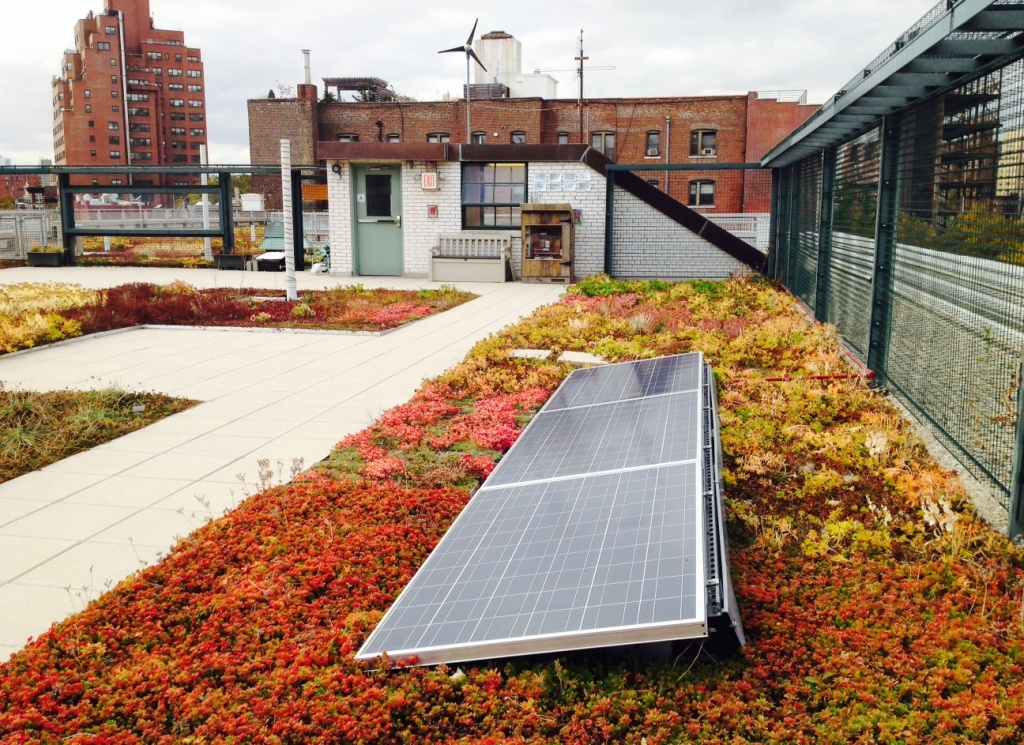
At PS41 in Manhattan, a three-panel solar array lives on the school’s 15,000 square foot green roof. PS41’s panels are not grid connected but are hooked up to a battery and used for educational purposes. The battery is housed in a box, so the students can view it. An outlet mounted on the outside of the box allows for easy plug-in demonstrations of solar/wind power. Science teachers Vicki Sando and Joaquin Rodriguez integrate the panels into classroom activities with the school’s Urban Eco-Club. Students build small solar cars and wind turbine units to understand the concepts behind renewable energy. They test them, and Sando and Rodriguez discuss how renewable energy works on a larger scale, such as on wind farms and large solar installations.
Thanks to a partnership with Divvy Solar, a solar crowd-funding startup, Bronx Design and Construction Academy’s solar research project – designed to prove that green roofs improve the efficiency of solar panels – was fully funded. The panels should be installed in the Spring of 2014.
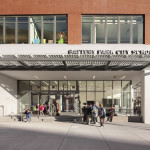
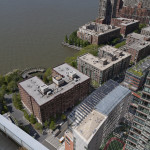
The second array, is on the roof and part of an outdoor classroom where the children grow tomatoes, basil, radishes and monitor the amount of energy generated by the solar panels in a weather station. The third array is the largest and in the same general area. Woelfling is currently working on three large solar school projects for the NYC Department of Education, in collaboration with the School Construction Authority. The projects are due to be completed by mid-2014.
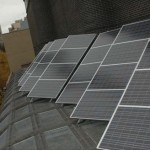
In December of 2011, a 4.84 kW solar-electric system was installed over the rooftop playground at Lycée Français de New York. The project, which includes a weather monitoring station, was funded through a combination of public and private donations.
![160X150_coolschool_logo[1]](https://blog.nwf.org/wp-content/blogs.dir/11/files/2013/11/160X150_coolschool_logo1-150x150.png) Schools have a range of options to choose from, to teach their students about renewable energy. NWF’s Cool School Challenge engages schools in practical strategies to reduce carbon dioxide (CO2) and other greenhouse gas emissions school-wide. Students build STEM skills as they learn to conduct energy audits, calculate their impact, and create an action plan to shrink their carbon footprint. An interactive carbon calculator helps to evaluate progress, graph results and cost-savings. Schools doing the Cool School Challenge can address Eco-Schools USA’s Energy and Climate Change Pathways and apply for awards through the program. Solar One’s Green Design Lab curriculum engages students in hands-on activities, uses the school building as a model for exploring topics of sustainability, and gives students the knowledge and tools to solve real-world problems. The Alliance for Climate Education offers exciting in-school assemblies that aim to inspire students to take action on climate change. The Green Schools Alliance’s (GSA’s) Green Cup Challenge engages schools in an annual energy conservation competition. GSA, in partnership with the Environmental Protection Agency, has also launched the Green Schools Renewable Energy Purchasing Consortium. The purpose of the Consortium is to accelerate the adoption of renewable energy by K-12 schools by aggregating demand and reducing administrative burdens. The Natural Resources Defense Council recently launched a “Solar Schools” initiative, aimed at establishing pilot solar school projects across the U.S. to build support for solar schools more generally.
Schools have a range of options to choose from, to teach their students about renewable energy. NWF’s Cool School Challenge engages schools in practical strategies to reduce carbon dioxide (CO2) and other greenhouse gas emissions school-wide. Students build STEM skills as they learn to conduct energy audits, calculate their impact, and create an action plan to shrink their carbon footprint. An interactive carbon calculator helps to evaluate progress, graph results and cost-savings. Schools doing the Cool School Challenge can address Eco-Schools USA’s Energy and Climate Change Pathways and apply for awards through the program. Solar One’s Green Design Lab curriculum engages students in hands-on activities, uses the school building as a model for exploring topics of sustainability, and gives students the knowledge and tools to solve real-world problems. The Alliance for Climate Education offers exciting in-school assemblies that aim to inspire students to take action on climate change. The Green Schools Alliance’s (GSA’s) Green Cup Challenge engages schools in an annual energy conservation competition. GSA, in partnership with the Environmental Protection Agency, has also launched the Green Schools Renewable Energy Purchasing Consortium. The purpose of the Consortium is to accelerate the adoption of renewable energy by K-12 schools by aggregating demand and reducing administrative burdens. The Natural Resources Defense Council recently launched a “Solar Schools” initiative, aimed at establishing pilot solar school projects across the U.S. to build support for solar schools more generally.
Does your school have a solar installation? If so, send me your pictures and let me know if/how you integrate your facility into your curriculum, or join our Facebook group page and post them there. If your school is interested in a solar installation, consider posting a project with our partners at Divvy Solar. Have a solar question? Drop me a line at fanoe@nwf.org.





















